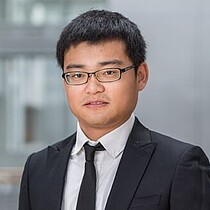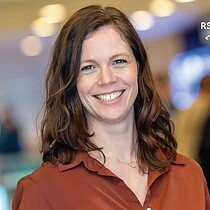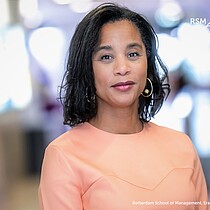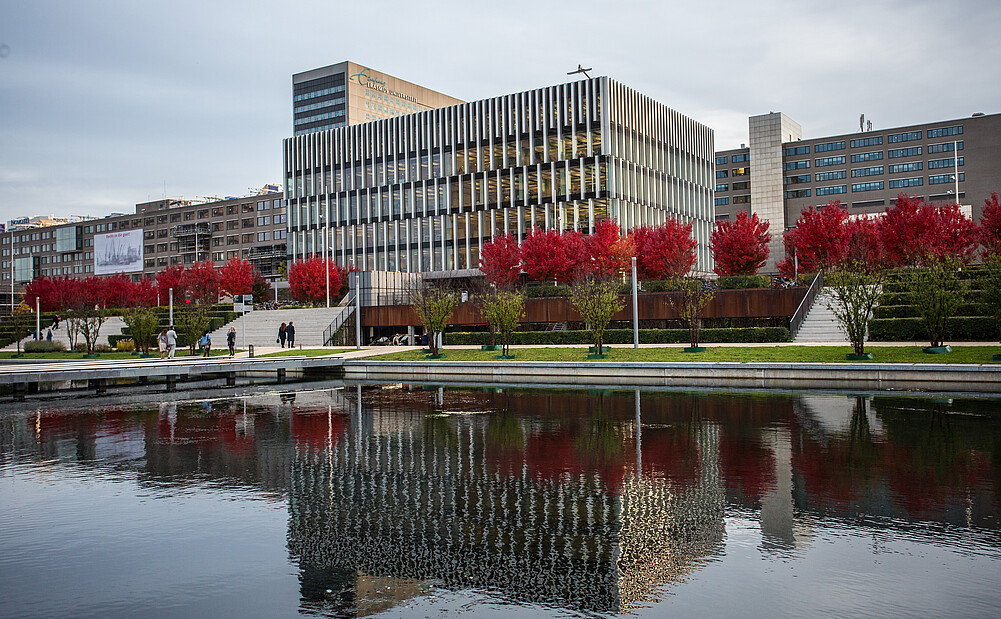

Article: Wednesday, 17 August 2016
Technological inventions based on equal parts existing knowledge and new discoveries are not only worth more; such inventions also have a higher chance of becoming a technological breakthrough. That is what researcher Pengfei Wang of Rotterdam School of Management, Erasmus University (RSM) found after analysing 36,551 patents in the semiconductor industry. He also discovered that teams of six members with a medium level of experience are best suited for such inventions. He will defend his thesis on 1 September 2016.
It’s a common dilemma in product development: building on existing inventions is a safe and relatively cheap method, but also decreases the chance of finding new and potentially very profitable technologies. Those discoveries are usually the result of riskier and more expensive exploratory research.
One approach firms can take to find the proper balance between those activities is by assigning them to two different departments. In one of his studies, Pengfei Wang demonstrates that it’s more advantageous to have one team that produces so-called ‘ambidextrous’ inventions by combining newly developed technologies with existing knowledge.
Wang came to this conclusion by analysing registered 36,551 patents in the semiconductor industry. He traced those patents back to individual inventions and the teams that developed them. The analysis shows that inventions that are a balanced mix of previous patents and newly patented discoveries have a 5 per cent higher market value. He established the market value of an invention by counting the times a patented invention was quoted afterwards in another invention, a practice that typically generates licensing fees.
Wang’s analysis also showed that an ambidextrous invention has an 18 per cent higher chance of becoming a top-quoted patent by itself – and thus a technological breakthrough – than inventions generated by one single approach.
Wang also studied what makes a team best suited for ambidextrous invention. He discovered that medium-sized teams of six people are most apt at balancing the search for new knowledge with finding new ways to exploit current knowledge. More members in a team contribute increasingly smaller amounts of additional new knowledge, says Wang. And bigger teams can develop organisational ‘group-think’ which creates focus on expanding the existing knowledge base. Also, for teams with more than six members it becomes increasingly complicated to successfully combine members’ knowledge.
Wang’s results also demonstrated that teams with a medium level of collective experience –with around 100 patents registered to their names – are more likely to produce ambidextrous inventions. Clearly it’s advantageous to have knowledge in the field, because it makes it easier to process and combine new knowledge. But having too much experience in the team can work against it, making it less open to new technologies, Wang says. Indeed, his results indicate that teams with a lot of experience are more likely to come up with inventions that add little in terms of new technologies, but instead recombine existing knowledge.

BI Norwegian Business School


Science Communication and Media Officer

Corporate Communications & PR Manager
Rotterdam School of Management, Erasmus University (RSM) is one of Europe’s top-ranked business schools. RSM provides ground-breaking research and education furthering excellence in all aspects of management and is based in the international port city of Rotterdam – a vital nexus of business, logistics and trade. RSM’s primary focus is on developing business leaders with international careers who can become a force for positive change by carrying their innovative mindset into a sustainable future. Our first-class range of bachelor, master, MBA, PhD and executive programmes encourage them to become to become critical, creative, caring and collaborative thinkers and doers.
